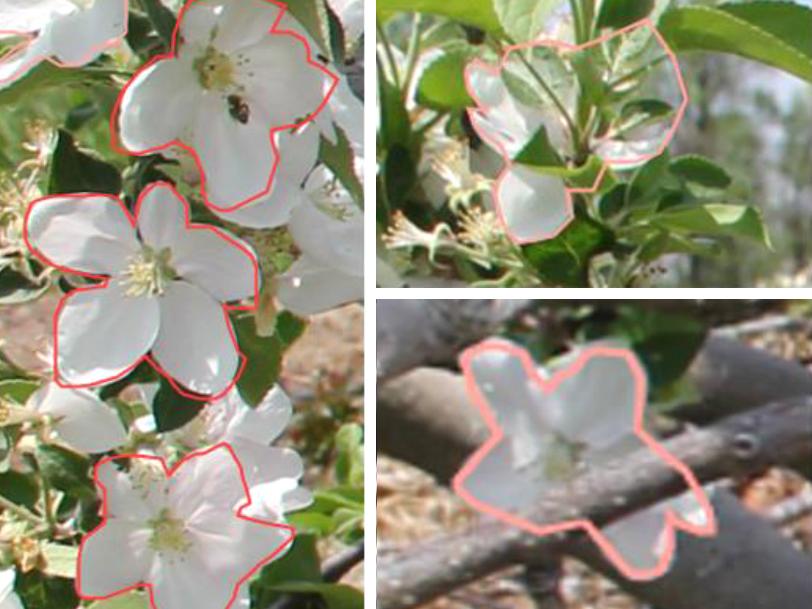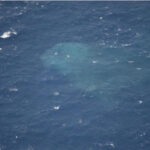2023-01-26 米国国立再生可能エネルギー研究所(NREL)
◆ペロブスカイト型太陽電池は、地上と同様、適切な耐久性が必要である。しかし、宇宙では環境が大きく異なる。地上では天候が最大の課題ですが、宇宙では放射線照射や極端な温度差に対応しなければなりません。ペロブスカイトは、他の多くの太陽電池よりも放射線に対する耐性があることが分かっているが、まだ多くのテストが必要である。
◆昨年、研究者たちは、宇宙で放射線を浴びるとペロブスカイトにどのような影響が出るかをシミュレーションで検証した。その結果、この次世代技術は宇宙でも使えると判断しましたが、さらに保護するために何らかの方法でセルをカプセル化する必要性を指摘しました。
◆高エネルギーの陽子は、ペロブスカイト太陽電池を通過してもあまり害を及ぼさない。しかし、低エネルギーの陽子は宇宙空間に多く存在し、ペロブスカイト太陽電池に大きな打撃を与え、原子の位置をずらし、効率レベルを着実に低下させる。しかし、低エネルギーの陽子ほど物質と相互作用しやすく、酸化シリコン層を設けることで低エネルギーの陽子でもペロブスカイトが損傷しないようにした。
◆研究者らは、宇宙での耐性を高めるだけでなく、このバリアがより一般的な用途にどのように役立つかも検証した。ペロブスカイト型太陽電池を、保管条件を模した湿度と温度のコントロールされていない環境に数日間放置したのだ。保護された太陽電池は、初期の19%の効率を維持したが、保護されていない太陽電池は19.4%から10.8%へと大幅に低下した。また、一般的に湿気に弱い他のペロブスカイト組成物が水にさらされた場合でも、酸化物層は保護された。
◆さらに、ペロブスカイト型太陽電池を試験槽に入れ、地球低軌道の環境に似た紫外線を照射した。この光子は酸素と相互作用し、原子状酸素を発生させる。保護されていないセルは8分後に破壊された。一方、保護された細胞は、20分後に最初の効率を維持し、30分後にはわずかに低下しただけだった。
◆シミュレーションと実験により、放射線による損傷を低減することで、地球周回軌道や深宇宙で使用される保護された太陽電池の寿命が数カ月から数年に延びることが明らかになったのです。
◆ペロブスカイト太陽電池は、フレキシブルな基板に蒸着することができるので、酸化シリコンの保護層と相まって、ドローンへの電力供給など、様々な地上での応用が可能な新技術です。
<関連情報>
- https://www.nrel.gov/news/press/2023/news-release-thin-lightweight-layer-provides-radiation-barrier-for-perovskites-in-space-protection-from-elements-on-earth.html
- https://www.nature.com/articles/s41560-022-01189-1
地上・宇宙用ペロブスカイト太陽電池のための金属酸化物バリア層 Metal oxide barrier layers for terrestrial and space perovskite photovoltaics
Ahmad R. Kirmani,David P. Ostrowski,Kaitlyn T. VanSant,Todd A. Byers,Rosemary C. Bramante,Karen N. Heinselman,Jinhui Tong,Bart Stevens,William Nemeth,Kai Zhu,Ian R. Sellers,Bibhudutta Rout & Joseph M. Luther
Nature Energy Published:26 January 2023
DOI:https://doi.org/10.1038/s41560-022-01189-1

Abstract
Perovskite photovoltaics are attractive for both terrestrial and space applications. Although terrestrial conditions require durability against stressors such as moisture and partial shading, space poses different challenges: radiation, atomic oxygen, vacuum and high-temperature operation. Here we demonstrate a silicon oxide layer that hardens perovskite photovoltaics to critical space stressors. A 1-μm-thick silicon oxide layer evaporated atop the device contacts blocks 0.05 MeV protons at fluences of 1015 cm−2 without a loss in power conversion efficiency, which results in a device lifetime increase in low Earth orbit by ×20 and in highly elliptical orbit by ×30. Silicon-oxide-protected Cs0.05(MA0.17FA0.83)0.95Pb(I0.83Br0.17)3) (MA, methylammonium; FA, formamidinium cation) and CsPbI2Br cells survive submergence in water and N,N-dimethylformamide. Furthermore, moisture tolerance of Sn-Pb and CsPbI2Br devices is boosted. Devices are also found to retain power conversion efficiencies on exposure to alpha irradiation and atomic oxygen. This barrier technology is a step towards lightweight packaging designs for both space and terrestrial applications.



